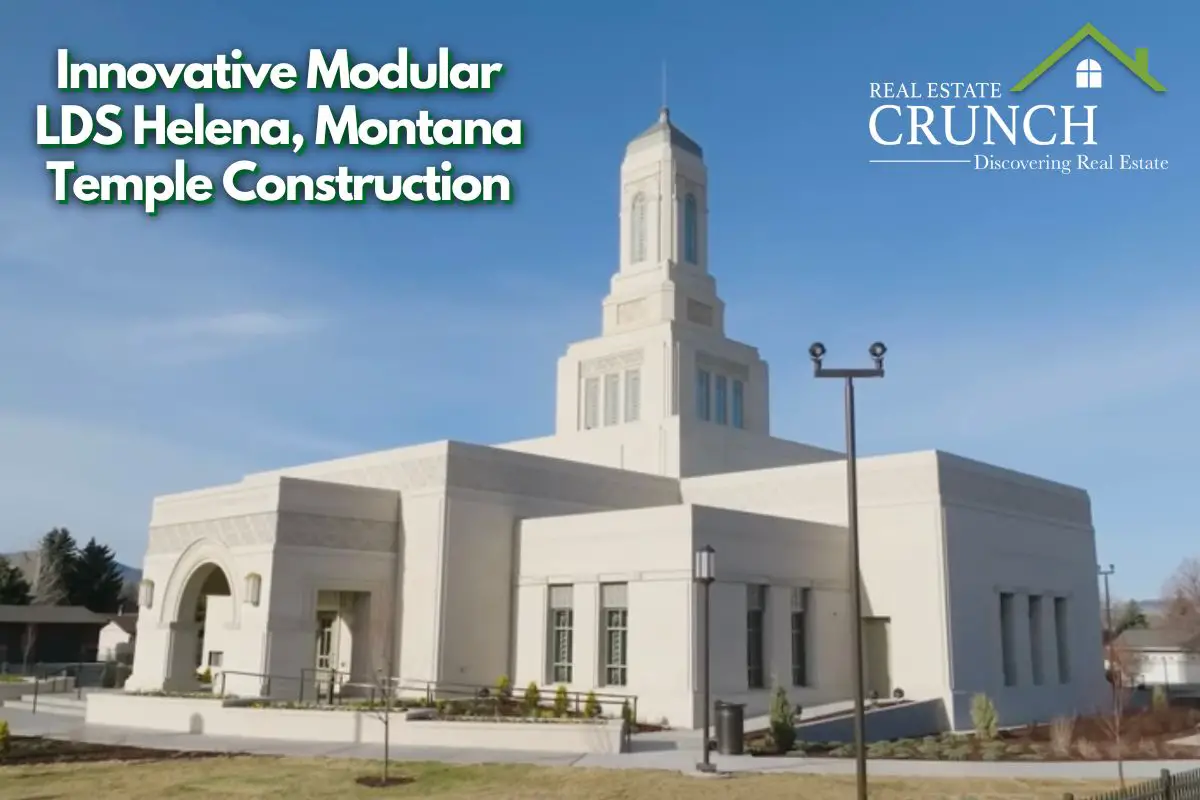I’ve spent my entire career in home decor and furnishing, navigating factories and witnessing manufacturing processes. This extensive experience has made me a staunch advocate for modular homes and buildings.
Recently, The Church of Jesus Christ of Latter-day Saints, headquartered in Salt Lake City, Utah, embarked on an innovative project by constructing its first modular temple in Helena, Montana. This 10,000-square-foot and 96-foot-high Modular construction signifies a departure from the traditional on-site construction methods previously employed for the other Church’s temples.
Table of Contents
- Modular Marvel: The Innovative Construction Of The Helena, Montana LDS Temple
- BLOX And The Helena, Montana Temple
- Related Questions
Modular Marvel: The Innovative Construction Of The Helena, Montana LDS Temple
Throughout my professional journey in home decor and furnishings, I’ve visited numerous factories, gaining insight into diverse manufacturing techniques. Such profound exposure has solidified my support for modular construction methods.
Notably, The Church of Jesus Christ of Latter-day Saints, based in Salt Lake City, Utah, has recently initiated a groundbreaking endeavor with the erection of their inaugural modular temple in Helena, Montana. Spanning 10,000 square feet, this tower marks a significant shift from the conventional construction practices historically utilized to erect the Church’s temples.
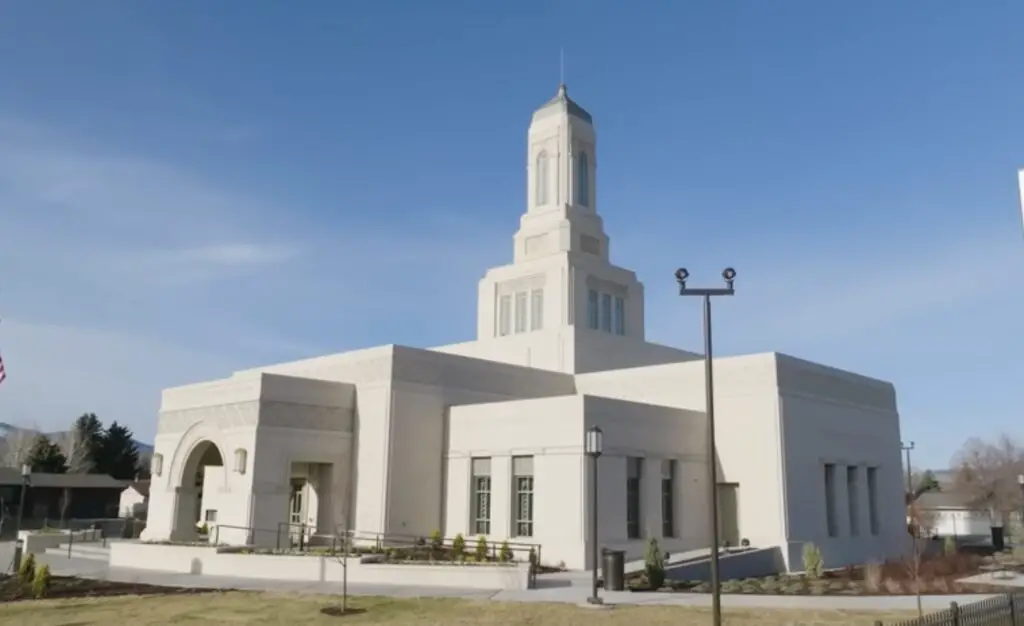
About The LDS Church’s 10,000-square-foot Modular Temple In Helena, Montana
The construction of the Church of Jesus Christ of Latter-day Saints’ modular temple in Helena, Montana, is a fascinating case study for the potential transformation in building homes and other structures in the United States and globally.
This temple, exceeding 10,000 square feet and reaching over 96 feet, showcases that modular buildings can be used for large, tall, and highly intricate projects like temples.
Construction: Assembled From Dozens Of Pieces
The temple’s modular components were manufactured in Alabama, shrink-wrapped, and transported by semi-truck to Helena, Montana. This method highlights the benefits of indoor construction, allowing parts of a structure to be built or assembled inside, away from the uncertainties of weather, thereby offering greater flexibility in the manufacturing process.
Building indoors means the structure can be assembled from the inside out, starkly contrasting traditional on-site construction that must commence from the exterior.
Expedited Construction Process
One significant advantage of modular construction, particularly evident in the temple’s construction, is the acceleration of the building process. Indoor construction eliminates delays due to adverse weather conditions, allowing work to continue uninterrupted and significantly speeding up the timeline.
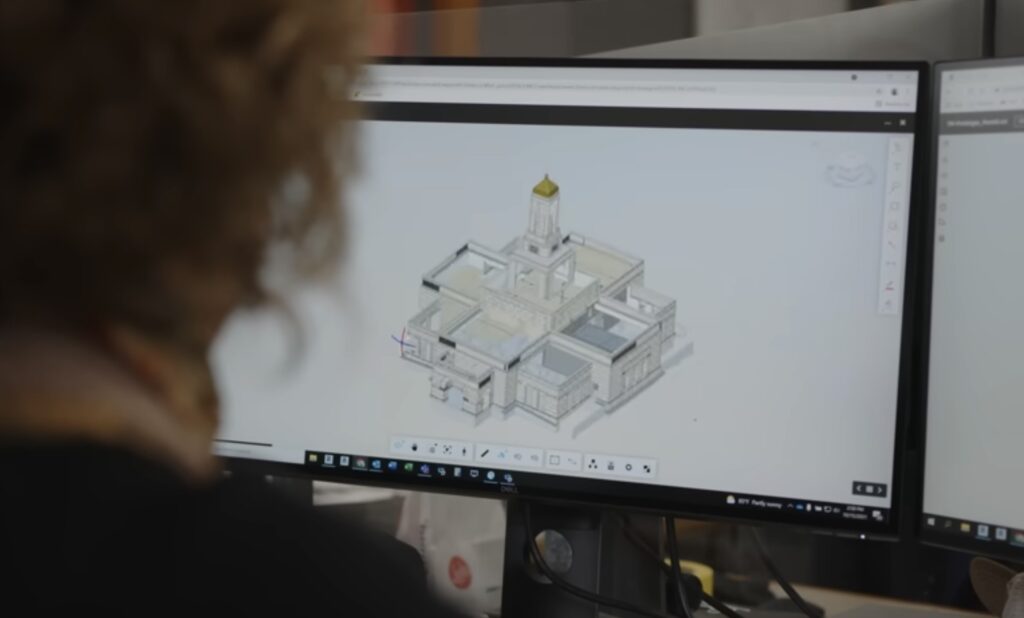
BLOX And The Helena, Montana Temple
The Church of Jesus Christ of Latter-day Saints selected BLOX, an Alabama-based company renowned for its modular construction of healthcare facilities, to construct the Helena, Montana temple. This project marks BLOX’s first endeavor into temple building for the Church.
Traditional construction methods of LDS Temples are labor-intensive and require starting from scratch on-site. Modular construction, however, leverages economies of scale, making production more efficient and cost-effective—benefits I’ve become intimately familiar with throughout my career in manufacturing.
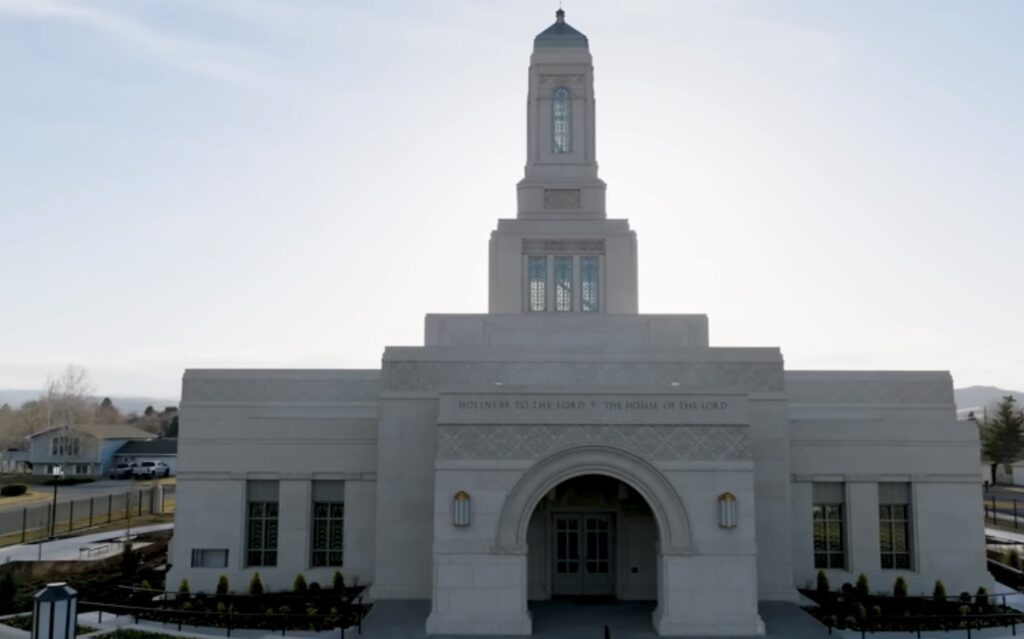
Temple Modules Created In 25 Module Parts
The temple was fabricated in 25 parts at BLOX’s Alabama factory, each carefully shrink-wrapped to protect against the elements during transport to the 4.8-acre site in Helena.
In collaboration with The Church of Jesus Christ of Latter-day Saints, hBLOX has demonstrated that complex structures like temples can be effectively constructed off-site in segments.
This approach offers numerous advantages, notably the ability to utilize advanced technologies that are not feasible with traditional on-site building methods. The indoor construction environment enables the application of sophisticated techniques, enhancing the overall quality and efficiency of the building process.
Assembly Of The Temple On-site
The 25 modular components were meticulously joined upon arrival in Montana to erect the temple. The integration of electrical, plumbing, heating, and ventilation systems, along with the exterior Art Deco stone cladding, was completed on-site.
The precision manufacturing ensured a perfect alignment of all parts, demonstrating one of the key benefits of modular construction—the ability to achieve a flawless assembly.
The entire structure was assembled on-site within just two weeks, underscoring the efficiency of modular construction.
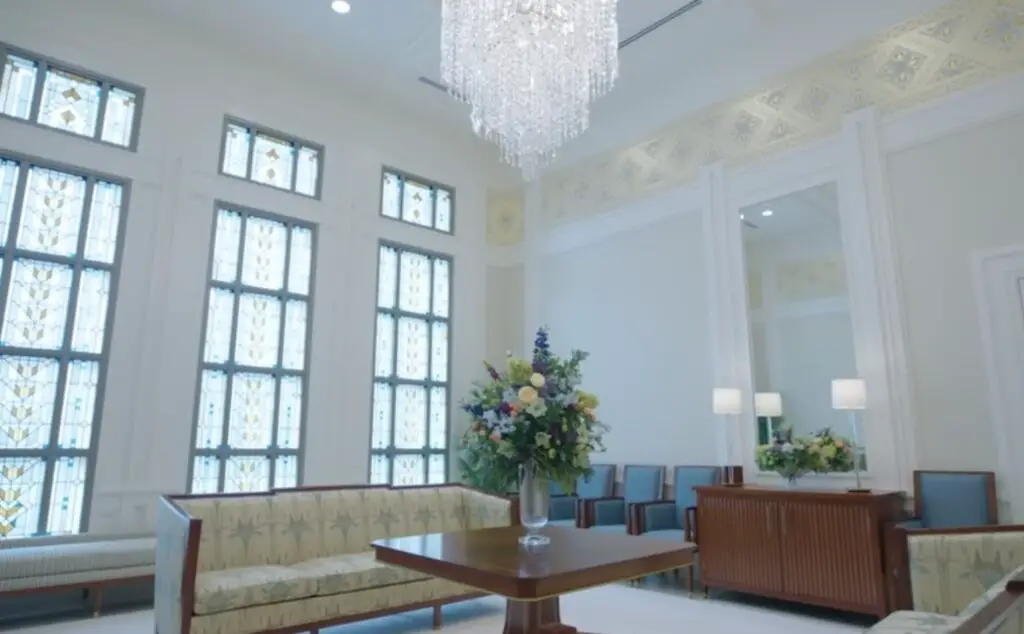
Unique Modular Construction
This project is a pioneering example of utilizing modular construction for a building as complex and sacred as a temple. The quality and attention to detail maintained in the modular construction process ensure that the building’s sanctity and aesthetic value are not compromised.
The Church of Jesus Christ of Latter-day Saints’ innovative approach to constructing the Helena, Montana temple illustrates that modular construction techniques can benefit even the most intricate buildings.
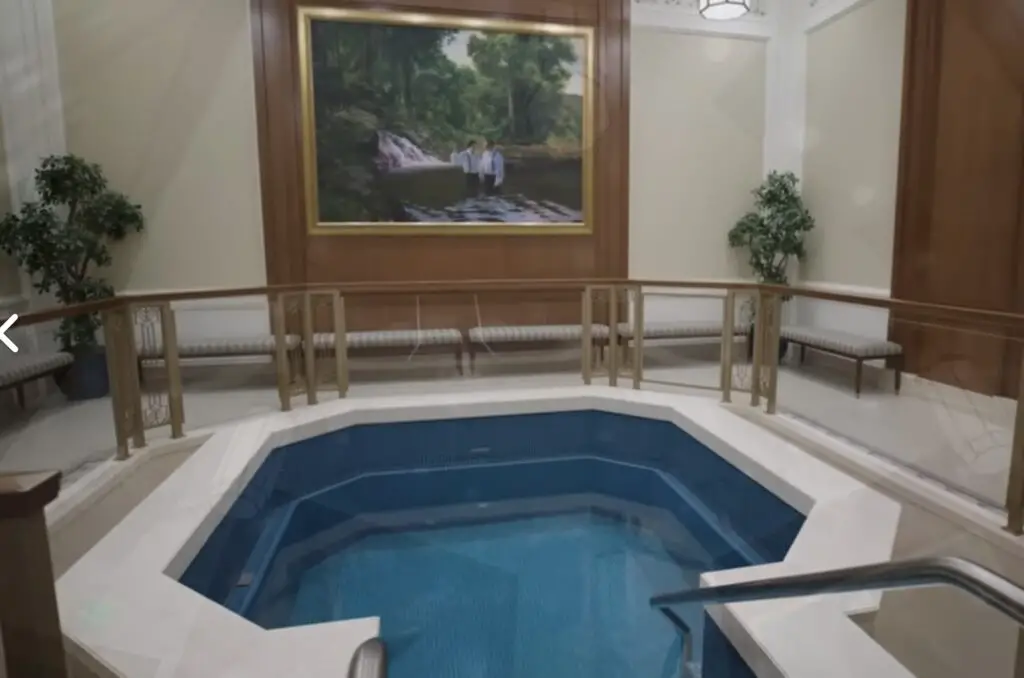
The process was nearly flawless from its inception in Alabama to its assembly in Montana. The building is indistinguishable from traditionally constructed structures yet completed in a fraction of the time.
This forward-thinking construction method streamlines the building process and maintains the highest quality standards, setting a precedent for future projects. The success of the Helena, Montana temple suggests a bright future for modular construction in the Church of Jesus Christ of Latter-day Saints’ architectural endeavors, and I am eager to see how this approach continues to evolve and shape the construction industry.
Real Estate Crunch gives you real property and real estate information and advice. We offer a free monthly newsletter; you can sign up for our newsletter by clicking here.
We also have a weekly podcast called “Real Estate Crunch,” found on all major podcast platforms. Listen to our podcast by clicking here.
Follow us on our social media platforms – Facebook and Instagram.
Related Questions
What Is The Target Customer Segment For Smart Homes?
When thinking about a smart home, it is good to understand what type of people are drawn to want to purchase and live in a smart home. The reasons people may want to live in a smart home can be as varied as the type of technology they want inside their home.
By clicking here, you can read more about What Is The Target Customer Segment For Smart Homes?.
3 Tiny Home Alternatives – Zennihome, Boxabl & Vantem
Many people continue to like the tiny homes they see on the market. We also like small homes but appreciate many alternatives for the tiny home trend. Some of our favorite companies doing fantastic things and alternatives to tiny homes are Zennihome, Boxable, and Vantem Systems.
By clicking here, you can read more about 3 Tiny Home Alternatives – Zennihome, Boxabl & Vantem.
Vantem Modular Homes Low-Cost Net Zero Building Systems
Vantem Modular Home is a new building system; homes are made of cement panels. Their main advantage is that they can quickly build net zero-efficiency homes. Vantem’s new building system has been building these homes for 15 years throughout the world but is now entering the United States market.
By clicking here, you can read more about Vantem Modular Homes Low-Cost Net Zero Building Systems.

